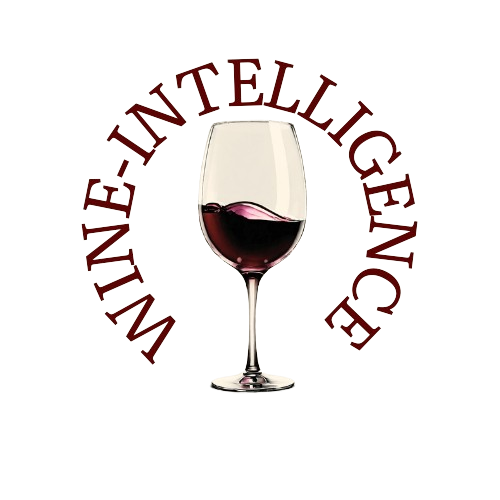The no- and low-alcohol (no/low) beverage category has undergone a dramatic evolution, transforming from a niche driven by moderation trends and health-conscious consumers into a global force with increasing consumer sophistication.
In 2024, the category recorded another year of double-digit growth, expanding by 13% across the top 10 global markets: Australia, Brazil, Canada, France, Germany, Japan, South Africa, Spain, the UK, and the US. This momentum follows a significant rise in adoption, with 61 million new no-alcohol and 38 million new low-alcohol consumers between 2022 and 2024, according to IWSR’s No- and Low-Alcohol Strategic Study.
This trajectory shows no signs of slowing. While total beverage alcohol (TBA) volumes are forecasted to grow at a modest 1% CAGR through 2028, no-alcohol beverages are set to outpace this with a projected CAGR of 7%, gaining share within the TBA space. Growth is driven largely by beer but is increasingly supported by innovation in RTDs, wine, spirits, and alcohol-adjacent offerings.
A Generational Shift with Evolving Drivers
While moderation and health remain foundational motivations for no/low consumption, today’s market dynamics are becoming more complex. “It is not all about moderation,” notes Susie Goldspink, Senior Insights Manager for RTDs and No/Low Alcohol. “Taste, availability, and brand are becoming key drivers, particularly among younger legal drinking age (LDA) consumers.”
Participation patterns reflect this demographic shift. In the US alone, 37 million no-alcohol and 36 million low-alcohol consumers joined the category between 2022 and 2024. Brazil added 13 million no-alcohol consumers in the same period. These numbers arrive amidst long-term declines in full-strength alcohol consumption, with the US, UK, Japan, and Canada all seeing decreases in full-strength volume while no/low products surged.
This growing interest is not purely additive. A greater share of no/low consumers are actively replacing full-strength drinks. In 2024, 30% of consumers in the top 10 markets reported that they would previously have chosen full-strength beverages for the same occasion — a sharp rise from 2022.
Generational Trends and Broader Repertoires
No-alcohol beer, the most established subcategory, remains popular among Boomers and Gen X, who have longer-term engagement. But the real dynamism is coming from Millennials and Gen Z. These younger consumers are not only more likely to explore a wider range of categories — including no-alcohol spirits, wine, and RTDs — but they are also more likely to form emotional connections with brands.
Millennials, in particular, display broader repertoires and higher spending potential. Up to 57% of Millennials are influenced by brand familiarity, compared to 45% of Boomers. Gen Z and Millennials are also more likely to describe no/low products as “brands they care about” and “exciting,” further reinforcing the importance of emotional resonance and sensory appeal.
Taste and Availability Now Lead the Charge
As product quality improves, consumers increasingly cite taste as a primary motivator. According to IWSR’s 2024 research, better-tasting options are a top driver of frequent consumption. Availability and awareness have also grown in importance — especially in markets like the US, where new formats like alcohol-adjacent drinks are flourishing.
Meanwhile, brand familiarity is becoming increasingly decisive. In 2024, 52% of consumers chose a no/low product because it was from a known brand (up from 48% in 2022), and 32% cited taste preference (up from 28%).
Outlook to 2028: Continued Expansion with Local Nuances
Looking ahead, no-alcohol products are set to continue their dominance in the category’s expansion. Beer/cider is projected to grow at +7% CAGR, RTDs at +10%, spirits at +7%, wine at +5%, and alcohol-adjacents at +3% between 2024 and 2028. Low-alcohol RTDs are the standout within the low-alcohol segment, forecasted to grow at +17% CAGR.
Regional performance will vary. While the US, Brazil, Canada, and the UK are expected to drive most of the growth — with CAGRs between +7% and +18% — markets like Spain, Germany, and South Africa may see more gradual gains. Smaller yet promising markets such as Australia and Canada present attractive growth potential, while Brazil and the US remain the largest-scale opportunities.
Interestingly, these two giants offer contrasting models. The US benefits from high participation across diverse no-alcohol categories and greater innovation, particularly among younger consumers. Brazil, however, will continue to be shaped by no-alcohol beer, supported by strong recruitment and large-scale marketing from global brewers.
Conclusion
No/low-alcohol is no longer just about health or abstention. It’s a dynamic, maturing category with complex, age-driven behavior patterns and a strong pull from evolving consumer preferences in taste, brand, and lifestyle. As the category expands into new segments and strengthens its emotional ties with younger drinkers, its influence on the global beverage alcohol market is only set to deepen.
Source: IWSR

